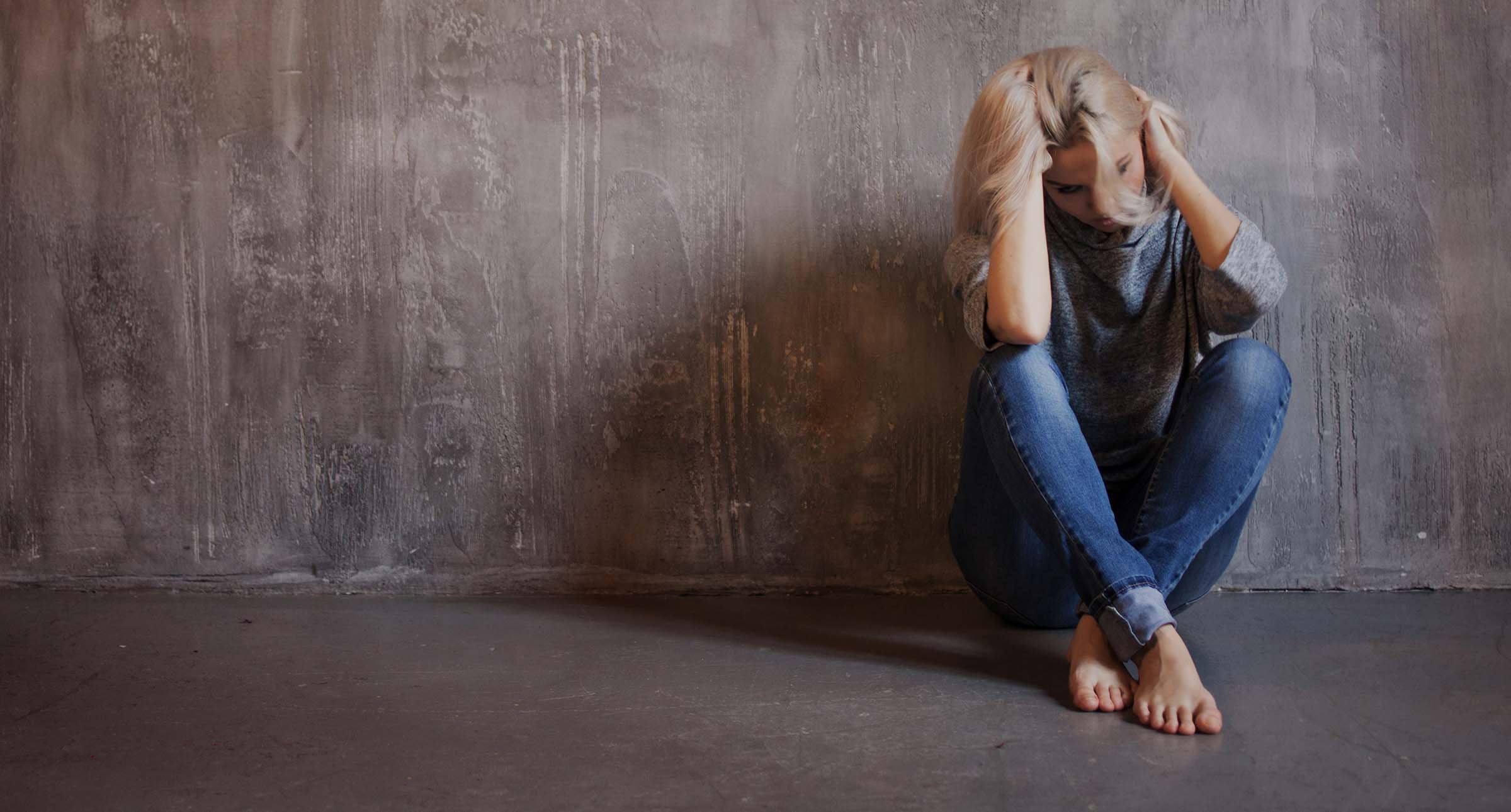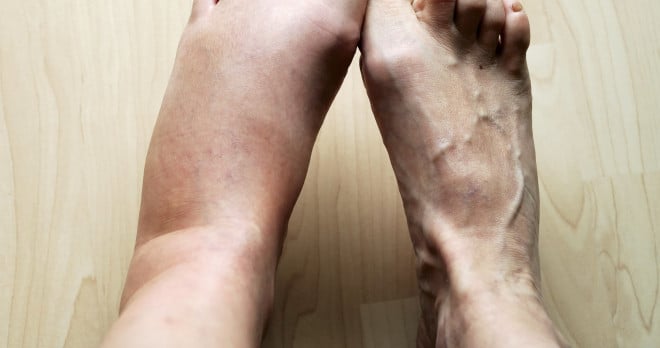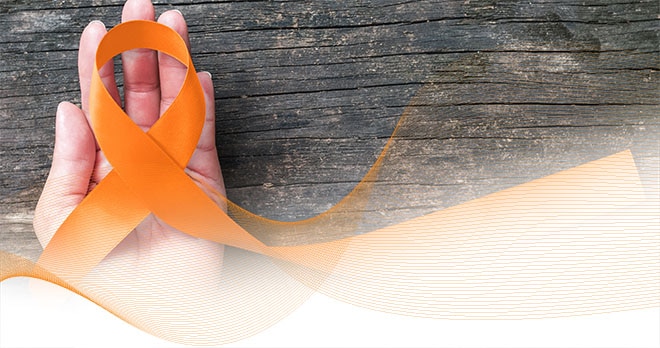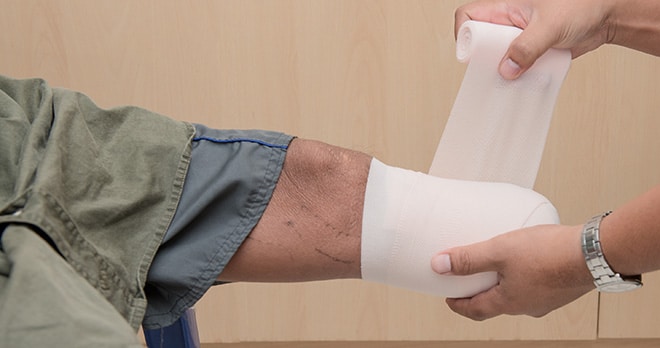Approximately 17,000 people develop CRPS each year: why is it still so poorly understood?

In an attempt to raise awareness, Helena Stone appeared on Channel 5 news last week to tell people about her “invisible disability”, Complex Regional Pain Syndrome (CRPS), and how she is often not believed by the general public (or even medical professionals). CRPS is unfortunately not properly understood and as a result of this some patients have their symptoms dismissed, denying them access to the right treatment and advice.
Helena has suffered from CRPS for 5 years, having developed the condition after a minor knee injury whilst kayaking. The initial injury may have been minor but the situation she now finds herself in, battling with CRPS, is life changing.
Fighting against the intense pain which comes with the condition is in itself a tough battle, and this is only made harder by the lack of knowledge amongst medical professionals and the fact that the general public do not often believe Helena has a disability. Sadly, Helena is not alone; many CRPS sufferers report being seen by medical professionals who are ignorant of the condition and have had to look the condition up in front of them.
How have things changed in recent years?
In the last 10 years, medical professionals that do not specialise in the condition have been more willing to accept that CRPS is a “real” condition and actually, better able to identify CRPS symptoms at an early stage.
Orthopaedic surgeons generally, for example, are just one group of medical professionals who have been better at recognising CRPS in recent years. Early recognition of the condition is vital as it gives the sufferer the very best chance of accessing the right treatment which can make a substantial difference to the effect of CRPS on a patient.
The painful reality of CRPS
The pain associated with CRPS is described by Helena as unimaginable and extremely intense. It is often a burning or stabbing pain and can lead to extreme swelling of the affected limb (or limbs), and also causes joint stiffness.
To not be believed when you say there is something wrong, or to be at a medical appointment and the medic looks the condition up in front of you could be detrimental to a patient’s recovery; CRPS can be worsened by psychological symptoms such as anxiety and distress.
Helena’s CRPS symptoms, especially early on were not always visible and she said she couldn't ensure that they would appear when she went to a doctors appointment. This led her to feel like she wasn’t believed or even think that the doctor thought she was a hypochondriac.
Things are improving; there are excellent CRPS specialists and specialist treatment centres such as the Royal National Hospital for Rheumatic Diseases in Bath. However, the lives of many CRPS patients could be changed if all of the medical profession are able to recognise the typical symptoms of CRPS as early on as possible. Pain cannot always be seen but CRPS is very real and can lead to long-term disability if left untreated.
It is estimated that Complex Regional Pain Syndrome (CRPS) is developed by 17,000 people each year. Helena hopes raising awareness will improve people’s chances of accessing the right treatment as early on as possible. RWK Goodman are committed to raising awareness of CRPS and supporting those that are suffering from it, helping them get the compensation they need should they have the condition as a result of an accident.









